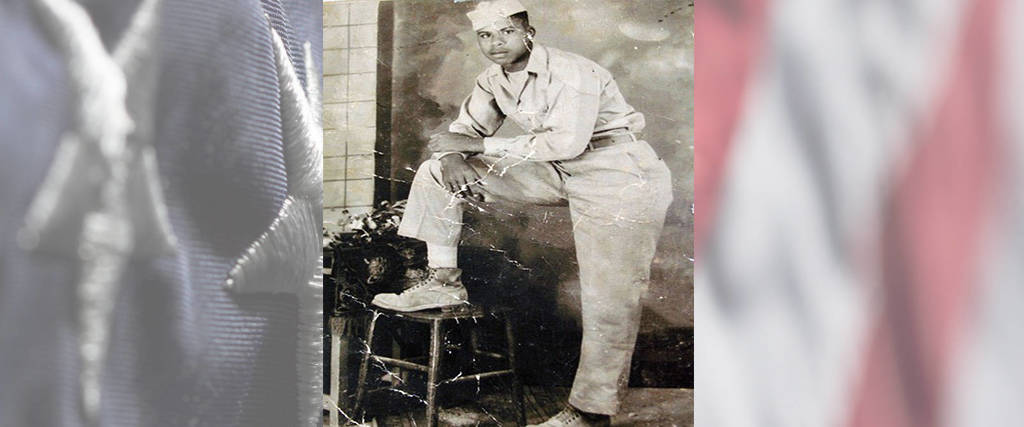U.S. Army Air Corps World War II Elgin, IL Flight date: October, 2019
By David Adams, Honor Flight Chicago Veteran Interviews Volunteer
Melvin Copeland was born in Aberdeen, Mississippi, on September 4, 1924, joining two older sisters. When he was three, his family left for the northern states. His dad refused to “pay to vote” which he saw as an affront to an American citizen. The family settled near Toledo, Ohio. His parents were poor and the family lived on a farm. They could not afford to buy a house. Later they rented one. Mel graduated from Toledo’s Scott High School. In school, Mel ran track and played basketball, which made sense since he was about 6 feet, 5 inches tall. He was offered an athletic scholarship to play basketball at the University of Toledo which he accepted. He completed one year before enlisting in the Army.
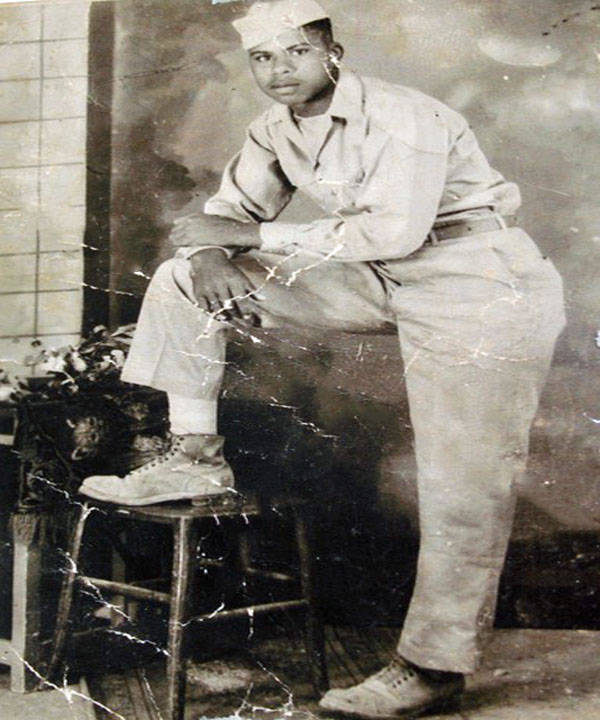
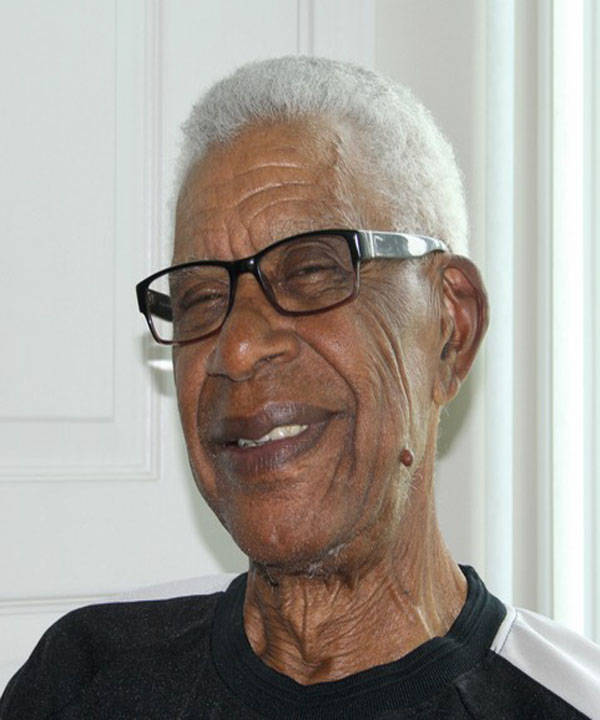
He well remembers December 7, 1941, when Japan attacked Pearl Harbor “without provocation.” He heard President Roosevelt declare that “we will prevail.” He wanted to be a part of the war effort. Mel volunteered to serve and entered the Army on July 2, 1943. During his induction physical, his weight was recorded as 118 pounds and height, 6 feet 5 inches. When the medics questioned, “Is he coming in?” the answer from the recruiter was “Is he breathing?” Indeed he was, so he was “in.” Mel went through Basic Training on the West Coast. During an infiltration course — training which involved live fire and crawling through ditches and under barbed wire — Mel rolled into what he remembers as a “snake pit.” He told the instructor he wanted out, “no” was the answer. He continued the exercise without getting bit. He reports also having attended OCS for a period of six weeks. He was not commissioned as an officer, rather left the course with the rank of Sergeant.
His best friend in the Army at this time was Jewish. They agreed to join the paratroopers, mainly because they “liked the boots.” On one training jump his buddy broke his leg severely and needed blood. Mel said, “Take mine because we are the same blood type.” He was told “no deal” because being African-American made the blood the “wrong color.” Mel figured a way to give his blood to his friend with the help of another recruit who identified it as coming from a white soldier. His friend’s leg was saved. After six weeks in Jump School, Mel returned for more regular Army training.
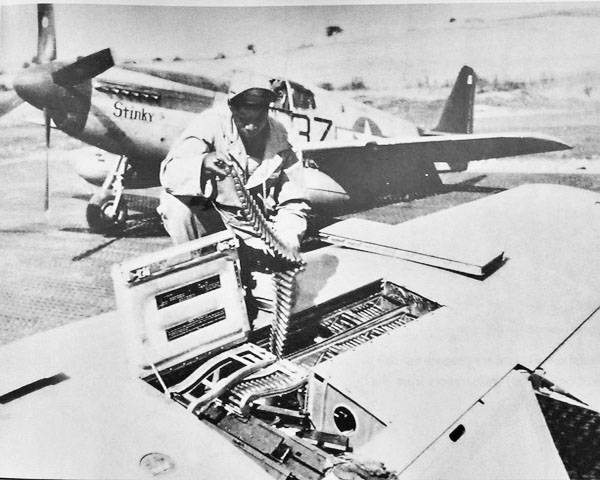
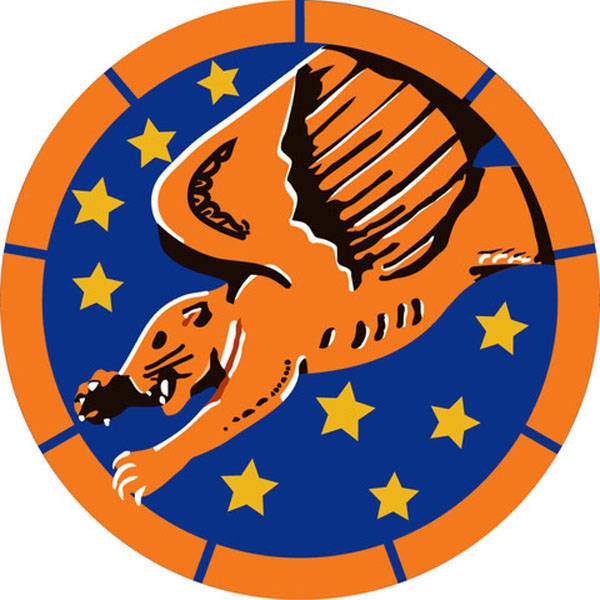
In late 1943, Mel reported to Tuskegee, Alabama, for aviation training as a Tuskegee Airman. First, he tried for a pilot slot. He says that when he sat in one of the fighters, the canopy could not be closed due to his height. Since the pilot option was now out, he became a munitions specialist. He completed his munitions training and was assigned to the 99th Fighter Squadron which had already deployed to the Mediterranean, flying combat missions from Tunisia and then to Sicily. He left the states by ship on March 3, 1944, and arrived in the European Theater of Operation (ETO) on March 29. By this time, the 99th was flying out of a conglomeration of airfields in Italy. His job was loading munitions on the fighters, especially on the P-47 Thunderbolt or Jug and later the P-51 Mustang. The P-47 carried up to 2,500 lbs. of bombs or ten rockets and was armed with six or eight .50 caliber machine guns depending on the model. The P-51, principally used on bomber escort missions, was armed with six .50 caliber machine guns but also could carry bombs or rockets. The 99th Mustangs escorted heavy bombers such as the B-17 Flying Fortresses and B-24 Liberators into the heart of German-occupied Europe. In early 1944, three other Tuskegee Airmen squadrons formed the 332nd Fighter Group and deployed to Italy. The 99th, already in combat, became its fourth squadron. The Group opted to paint its fighters’ tails red. From then on, these squadrons became the Red Tails or Red-Tail Angels. For the bulk of Mel’s tour with the Red Tails, the 99th was based at Ramitelli Airfield, which was on the Foggia Plain near the Adriatic Sea, on the east coast of central Italy.
He recalls using the German prisoners of war to assist in loading the trolleys and trucks with bombs and machine gun ammunition. He and the others loaded the airplanes. The German prisoners in his charge were very young. They confessed that they “did not want to be here,” meaning at war. He told them “neither does any of us.”
He vividly remembers two German night bombing attacks on his base. During the first, the concussion of the bombs’ detonations blew him into the latrine. Mel said he “came out clean” after his squadron mates doused him with buckets of water. The Germans attacked the base the next night too, but he was not in the line of fire and escaped injury.
He recalls that the Tuskegee Airmen fighter pilots were “really good” and that the white pilots said, “We want them to back us up!” And they did with distinction! According to unit history, as of the German surrender, the Tuskegee Airmen had flown more than 15,000 individual sorties over two years in combat. On its own, the 99th earned three Distinguished Unit Citations for outstanding tactical air support and aerial combat. Its pilots are credited with 111 aerial victories and 273 damaged or destroyed airplanes on the ground. They also destroyed or damaged nearly 1,000 rail cars and transport vehicles and a German destroyer. Together with the other three 332nd Group squadrons, the Red Tails accounted for 409 aerial victories in all. Mel is justly proud of supporting the Red Tails fighters and being a Tuskegee Airman.
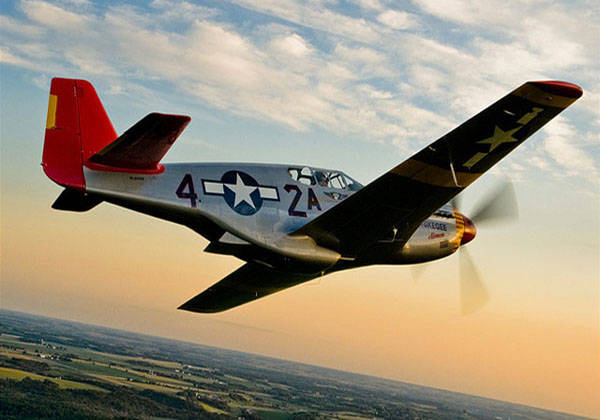
He left the 99th for the States on May 15, 1945, just one week after the Germans surrendered. He arrived back home on May 24, 1945, and was honorably discharged with the rank of Sergeant on November 4, 1945. During out-processing, he was offered the GI Bill and he took it. Mel earned the following: European Theater Ribbon with one bronze star, American Theater Ribbon, Good Conduct Ribbon, World War II Victory Medal. All in all, he emphasizes that his Army service with the Tuskegee Airmen was “a wonderful experience for a young person.”
With the GI bill, Mel enrolled in Ohio University, Athens, Ohio, majoring in counseling psychology. There he served as president of the Alpha Phi Alpha fraternity. He earned his BA in 1949. Mel moved to Chicago to take course work in guidance counseling at the University of Chicago and Northwestern University. Next, he moved to Ann Arbor, Michigan, where he attended the University of Michigan earning his first Master’s Degree. As his career in teaching advanced in Elgin, Illinois, he added another Master’s Degree from Northern Illinois University.
Mel taught for 40 years in the Elgin school system and at Elgin Community College and Aurora University. He chuckles telling the story of getting his teaching job. The interviewer asked, “Do you play tennis?” After Mel said, “Yes,” the interviewer challenged him, “If you beat me, you are hired.” Mel won in straight sets and got the job, although he was later told he would have had the job anyway. After teaching, Mel worked as a licensed clinical therapist for the Illinois Department of Children and Family Service for 10 years and retired just five years ago at age 90. At age 95, he works out weekly with weights, does yoga, and plays a form of racquetball. Mel is actively involved with the American Legion, VFW and is a member of the NAACP and former president of the Elgin chapter. He became a widower last year. Mel has two daughters, five grandchildren, and one great-grandchild.



